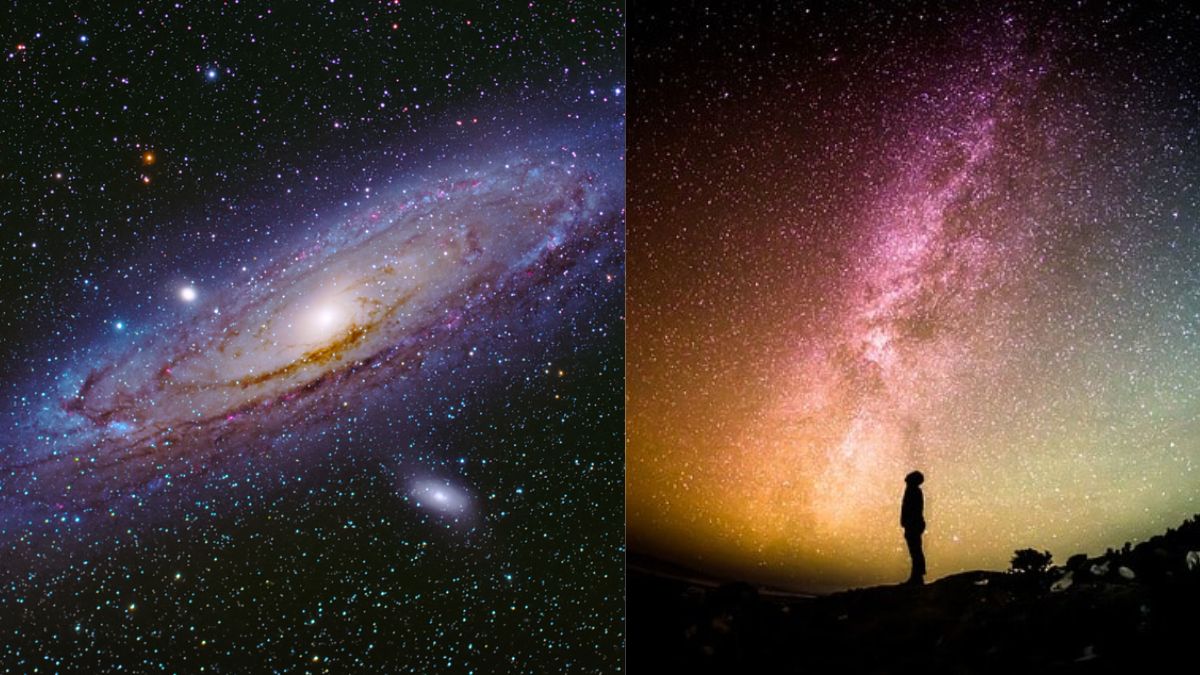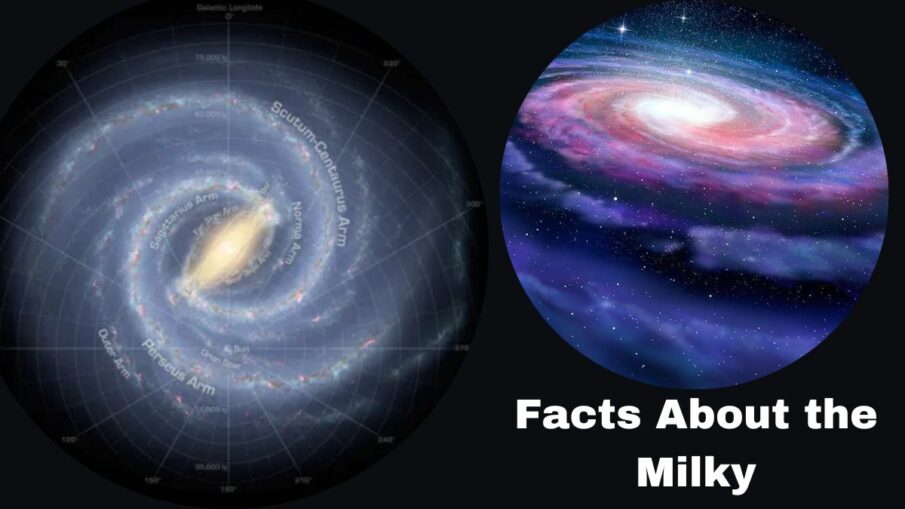Our solar system resides in the Milky Way galaxy. For millennia, the stunning and amazing Milky Way has captivated astronomers and inspired folklore for thousands of years. Some of the interesting characteristics of the Milky Way have just recently come to our attention.
These are the ten things we now know about the Milky Way, while there is yet more to discover. Here are some fascinating facts about the Milky Way, ranging from how it earned its name to how our galaxy began.
1. How Big Is the Milky Way?
The Milky Way galaxy is roughly 100,000 light-years large, according to NASA. Perhaps “wide” is an understatement. On the other hand, Andromeda, our nearby galaxy, is about 220,000 light-years across. Furthermore, some may span millions of light-years.
2. How Does Our Solar System Move Around the Milky Way?
Our solar system revolves around the Milky Way’s core, much as our planet does around the sun. Nonetheless, it takes our solar system roughly 230 million years to make one orbit around the galactic center, as opposed to a year.
This indicates that the Jurassic Period was the beginning of the solar system’s existence when it was last where it is today.
3. What Is at the Center of the Milky Way?

Sagittarius A*, or “Sagittarius A star,” is the collective name for the supermassive black hole that surrounds our solar system and all other stuff in the Milky Way. This supermassive black hole is not actively consuming gasses or dust; it is inactive.
NASA estimates that the mass of Sgr A* is roughly 4 million times that of our sun. Due to its close closeness to Earth (26,000 light-years), scientists are able to see and study the interactions between matter and the black hole.
4. How Did the Milky Way Get Its Name?
There is a possibility that the Milky Way got its name from a Greek myth. The myth says that while Hera was nursing Heracles, or Hercules, some of the milk spilled and smeared across the heavens. The term stuck because of its creamy white appearance.
Nonetheless, numerous other languages employ a name that is similar. Additionally, our galaxy is known by a number of different names worldwide: The galaxy is known as the “Silver River” in China and the “backbone of night” in the Kalahari Desert in South Africa, according to the American Museum of Natural History.
5. What Shape Is the Milky Way?
The Milky Way disk is twisted rather than flat, according to the European Space Agency (ESA), whose 2013 Gaia mission assisted in mapping the Milky Way. Like a spinning top, it wobbles as it travels across the universe. While it’s unknown for sure, some scientists think the wobble was brought on by a collision with another galaxy.
To read more such facts, click on the links of the articles given below:
- 6 Most Surprising Facts About Earth You Probably Didn’t Know
- 10 Fascinating Facts About Saturn and Its Rings
6. How Was the Milky Way Formed?
Researchers now have a clearer understanding of how the Milky Way galaxy may have developed thanks to the ESA Gaia spacecraft. For example, in 2018 researchers from the University of Groningen in the Netherlands observed, using Gaia data, a cluster of 30,000 stars moving in the opposite direction of most other stars in the galaxy.
This cluster of stars was from a different galaxy, the product of a previous galactic merger, according to further investigation using the Hertzsprung-Russell diagram, a diagram that displays and classes the brightness and temperature of stars to help us comprehend stellar evolution and life cycles.
7. When Will the Milky Way and Andromeda Galaxies Collide?
A second collision is imminent, occurring four billion years from now, even though a potential galactic collision may have already thrown the Milky Way off-kilter. With the use of the Hubble Space Telescope, scientists have calculated that our nearest cosmic neighbor, the Andromeda Galaxy, will collide with the Milky Way in about 4 billion years.
NASA predicted that although our sun would shift to a new part of the galaxy, the solar system would not end. Additionally, simulations indicate that the two galaxies will eventually merge into one, which some have dubbed “Milkomeda,” once they collide.
8. What Is the Milky Way Made Of?
You can observe the Milky Way’s brightness if you look up at the sky on a clear night and are far enough away from light pollution. The galaxy that is visible to us is luminous, with billions of stars shining on it. Nonetheless, NASA claims that the Milky Way’s visible portion of the galaxy only accounts for 5% of its total mass.
According to studies, dark matter, an enigmatic substance that cannot be directly measured and does not emit light, makes up the remaining bulk of the galaxy.
9. How Many Planets Are in the Milky Way?
There could be life outside of our solar system given the Milky Way’s billions of planets. As a result of the Kepler Space Telescope, scientists have discovered a number of exoplanets planets outside of our solar system—that are in the habitable zone of their own stars.
10. How Many Stars Are in the Milky Way?
According to most estimations, our galaxy contains at least 100 billion stars, if not 400 billion. And throughout the remainder of the universe, there is an incalculable and uncountable number more. The Milky Way’s star population is much larger than the stars that are visible from Earth.
Hope you like it. Stay tuned with us on Thegeofacts.com for more amazing updates.


Leave a Reply